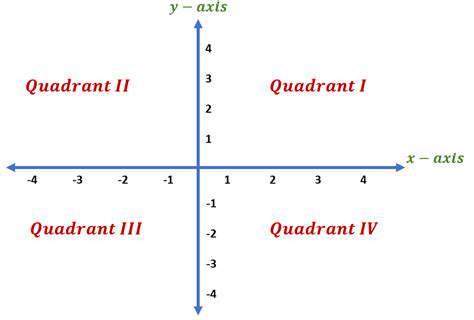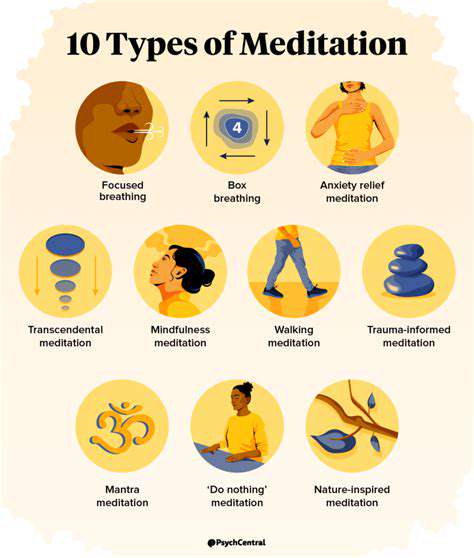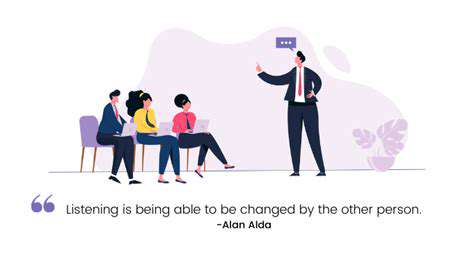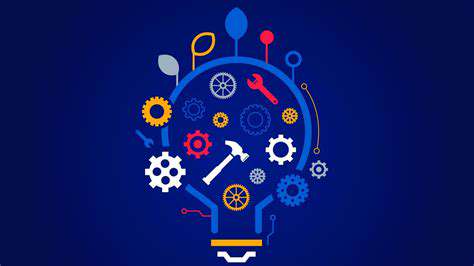How Your Environment Shapes You: Exploring Environmental Psychology
The Powerful Influence of Our Surroundings

The physical environment we inhabit exerts a profound, yet often underestimated, influence on our thoughts, feelings, and actions. Consider the simple act of entering a room; the layout, the lighting, the color scheme, and the ambient noise levels immediately begin to shape our experience. A brightly lit, open-plan office might encourage collaboration and a sense of energy, while a dimly lit, private study could foster introspection and focused work. These subtle cues, constantly bombarding our senses, create a framework within which we perceive and interact with the world, often without our conscious awareness of their impact. The very architecture around us subtly guides our behavior, influencing our mood, our stress levels, and even our cognitive performance, making it crucial to consider these factors when designing spaces for various purposes.
Furthermore, the design of spaces can dramatically affect social interactions. Think about a bustling marketplace versus a quiet library. The former encourages interaction, negotiation, and a sense of community, while the latter fosters a sense of solitude and quiet contemplation. The presence or absence of natural elements like sunlight and greenery also plays a significant role. Exposure to natural light has been linked to improved mood, increased productivity, and reduced instances of seasonal affective disorder, underscoring the importance of incorporating natural elements into our built environments wherever possible. Carefully considering the physical features of our surroundings is, therefore, a vital step in creating environments conducive to the outcomes we desire, whether it be increased creativity, improved well-being, or enhanced social cohesion.
Moreover, the concept of “affordances” is a critical element to consider in environmental psychology. Affordances refer to the possibilities for action that an environment offers to an individual. For example, a chair affords sitting, a path affords walking, and a door affords entry. The presence or absence of these affordances, and their specific design characteristics, can subtly influence our choices and behaviors. A park bench invites rest and relaxation, while a cluttered walkway might deter pedestrian traffic. This emphasizes how understanding the nuances of how people interact within their environment allows architects and designers to create spaces that promote specific activities and foster desired outcomes, leading to environments tailored to human needs and optimized for specific purposes.
The concept of personal space and territoriality is also profoundly affected by physical surroundings. The density of a space, the presence of barriers, and the availability of personal areas all influence our sense of comfort and control. For instance, crowded public transportation can elicit feelings of stress and anxiety due to the violation of personal space, while a private office with a closed door can provide a sense of safety and security. Understanding these environmental factors allows us to design and arrange our spaces to support the emotional and psychological well-being of the people that use them. The balance between personal space and shared environments is a delicate one, and the conscious design can significantly impact the comfort and social dynamics of any space.
Finally, The role of cultural and societal context plays a crucial role in our interaction with the built environment, with the meaning and significance of space often varying depending on the cultural background of the individuals. What might be considered a sacred space in one culture could hold an entirely different meaning in another. The color, the materials, and the architectural styles all contribute to these cultural interpretations, demonstrating the need for inclusive design that takes into account the diversity of human experiences. Successfully navigating such complexities requires an appreciation of the various cultural and societal forces shaping our interactions with the environment, as well as continuous feedback and evaluation to create the best possible outcomes.
The Psychological Landscape: How Social and Symbolic Environments Impact Us
Beyond the physical realm, the social and symbolic environments we inhabit exert an equally powerful influence on our well-being and behavior. The people we surround ourselves with, the social norms that govern our interactions, and the symbols that shape our perceptions all contribute to our sense of identity and our place in the world. The dynamics within a family, the culture of a workplace, and the attitudes of a community can all significantly impact our mental and emotional health, creating powerful drivers behind our motivations. Consequently, we should strive to carefully consider how these factors affect the choices we make and the outcomes we seek, understanding that these interwoven dynamics profoundly shape who we are and who we can become.
The social environment, defined by the relationships we cultivate and the groups we belong to, profoundly influences our behavior through processes such as social comparison, conformity, and social support. We tend to compare ourselves to others, and this comparison affects our self-esteem and aspirations. We also tend to conform to social norms, adopting the attitudes and behaviors of our peer groups in order to gain acceptance. The presence of a supportive social network can act as a buffer against stress, promoting resilience and well-being; conversely, social isolation can lead to feelings of loneliness, depression, and increased vulnerability to illness, demonstrating the crucial role of social connections in maintaining both mental and physical health. This underlines the importance of cultivating a positive social environment, fostering strong relationships, and actively seeking social support when needed.
Moreover, the symbolic environment, including the values, beliefs, and cultural meanings that we ascribe to our surroundings, also shapes our experience. The symbols that we encounter, from the flags we see to the advertisements we consume, convey messages that influence our attitudes and behaviors. These symbols can evoke strong emotions and inspire us to act in certain ways, creating and solidifying shared identities and cultural understandings. For example, the design and branding of a company convey messages that are intended to influence our perceptions, and we can internalize these messages. Thus, the ability to critically analyze the messages conveyed by these symbols and media sources is necessary to prevent being manipulated and to make informed decisions.
The concept of place attachment, which refers to the emotional bond we form with particular locations, further highlights the interplay between the social and symbolic environment and our well-being. Our sense of place is shaped by both the physical features of the location and the social and symbolic meanings we attribute to it. For example, a childhood home might evoke feelings of warmth, nostalgia, and security because of memories and associations cultivated over time. The loss of a place to which we are attached, such as through displacement or natural disaster, can lead to significant grief and psychological distress, demonstrating the essential role of place and a sense of belonging in our overall sense of identity and well-being.
Finally, understanding the interplay between the physical, social, and symbolic dimensions of our environment is vital to creating environments that support human flourishing. This involves not only designing aesthetically pleasing and functional spaces, but also fostering a sense of community, promoting social cohesion, and embedding symbols that convey positive and empowering messages. Through a thoughtful consideration of these factors, we can consciously shape our environments to cultivate well-being, resilience, and a greater sense of connection, which can lead to more meaningful and fulfilling lives. By consciously structuring our spaces, both tangible and intangible, we can create environments that empower individuals, create social harmony, and cultivate positive life outcomes.










